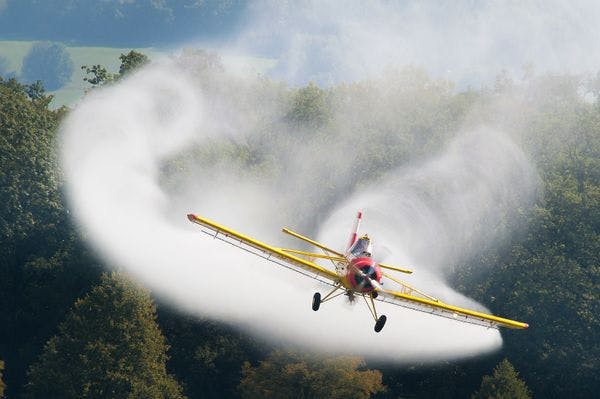Wikipedia - Stefan Krause - FAL
Cocaine: Colombia weighs a new aerial war on drugs
By Gideon Long / Financial Times
On a hillside in northern Colombia, three dozen men in blue overalls toil through a field, destroying coca bushes. They work in pairs: one rams a hoe under the roots of a bush and levers it free; the other grabs the plant by its bright green leaves and wrenches it out of the ground.
The government of Iván Duque hails the eradicators as unsung heroes. And yet, the men in blue overalls are losing their war. Once they have cleared a field, coca growers invariably came back and replant. Or they plant elsewhere. Eradication by hand is also labour-intensive and dangerous — drug traffickers do not take kindly to having their bushes ripped up. Since Duque came to power in mid-2018, armed groups have killed 29 members of eradication teams, mostly soldiers and police officers. More than 200 have been injured, some maimed for life by landmines.
And despite their efforts, Colombia’s coca production has soared. Between 2012 and 2017, it increased by more than 250 per cent to a record 171,000ha, according to the UN, which uses satellites to monitor cultivation. By beefing up the eradication teams, Bogotá has brought that figure down, to 154,000ha in 2019, but even so the country is by far the world’s largest producer of coca leaf and cocaine.
Faced with this bleak reality, the Duque government wants to turn back the clock and resume crop spraying ... But a resumption of crop spraying would be highly controversial. The IARC stands by its 2015 conclusion that glyphosate might cause cancer. ... Other papers have focused on potential damage to the environment and water sources. A study in the Journal of Applied Toxicology in 2014 concluded that glyphosate had “the potential to alter the physiology of aquatic organisms”.
